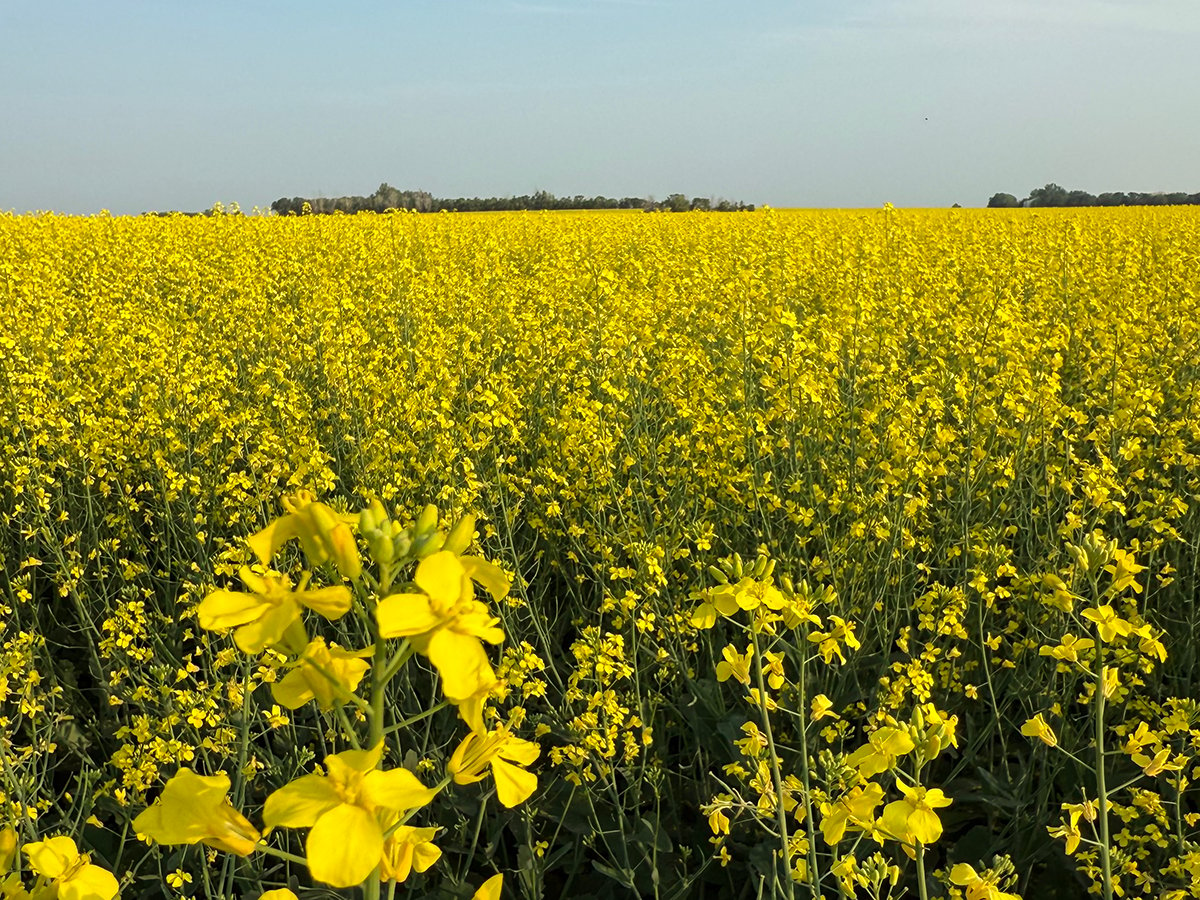SASKATOON – Another 1,300 rail cars are being added to the grain fleet.
CP Rail said last week the cars should be in service by Oct. 10, boosting the railway’s grain fleet to 13,300 cars.
The Oct. 2 announcement came just a couple of days after a CP official said there were no immediate plans to add more cars.
“On Monday our people felt we didn’t have to add the cars,” said spokesperson Steve Morris. “By Tuesday, there was enough of a demand coming in that they said we’ve got to do something pretty fast.”
Read Also

Canola support gets mixed response
A series of canola industry support measures announced by the federal government are being met with mixed reviews.
He said the decision to add cars was not prompted by CN Rail’s announcement that it was adding 1,000 cars during October, increasing the size of its fleet to to 14,600 cars.
CP vice-president Rick Sallee said the company is working to meet the demand for what some predict could be a record volume in grain movement this year.
“We have been closely monitoring the harvest as it is coming in and are now moving promptly to expand the fleet to meet this peak demand,” he said. CP’s new cars will be a mixture of leased and railway-owned cars that are surplus to current needs.
Once all the new cars are in service, the rail fleet will consist of about 27,900 cars, including just over 18,000 cars owned by the federal and provincial governments and the Canadian Wheat Board and another roughly 9,000 leased or owned by the railways.
While praising the fleet expansion at both railways, Cam Dahl, of the Car Allocation Policy Group, cautioned that rail cars are just part of the equation. He said steps must be taken by players in the industry to ensure the cars are used efficiently, including such things as weekend work and quick unloading at terminals.
The projected west coast sales program will require weekly unloads of about 5,600 cars, well above the estimated sustainable level of 4,900 cars. At Thunder Bay, the unload target is also well above system capacity. In both cases, car rationing will likely be required.














